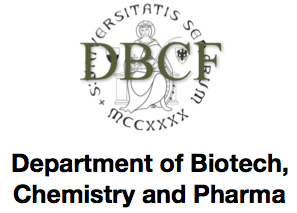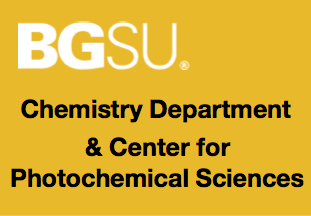Massimo Olivucci
Research interests: We use conventional and novel computational tools to investigate the reactivity of organic and biological molecules in their electronically excited states. One major target of our work is the mapping of the photon-induced "force field" which sets an equilibrium molecular structure into motion in realistic molecular environments (e.g., in solution or in a protein cavity). We also investigate the reactive motion itself up to time scales beyond 10-12 seconds. This force field can be calculated and represented in terms of photochemical reaction paths: i.e., paths that start on an excited state potential energy surface and end on the ground state energy surface. Photochemical reaction paths comprise mechanistic elements that are not involved in the description of thermal reactions. These correspond to real crossings of different potential energy surfaces. For photochemical reactions prompted by direct irradiation these crossings often correspond to conical intersections that are regarded as the photochemical analogues of transition states. Given the central role of photochemical reaction paths, excited state trajectories and conical intersections (as well as singlet/triplet surface crossings) in the investigation of the excited state reactivity of proteins (e.g., biological photoreceptors) or solvated molecules (e.g., dyes in solution), we also develop computational strategies based on a combination of ab-initio quantum chemical methods and molecular mechanics methods that allow to study the effects of light irradiation on complex molecular systems.

Prof. Massimo Olivucci
Bachelors: University of Bologna, Italy
M.S., Ph.D: University of Bologna, Italy
Email: molivuc@bgsu.edu
olivucci@unisi.it
Position:
-Full Professor of Organic Chemistry, University of Siena (since 2001)
-Research Professor and Director of the Laboratory of Computational Photochemistry and Photobiology, Bowling Green State University (since 2006)
Laboratory for Computational Photochemistry and Photobiology
The Laboratory for Computational Photochemistry and Photobiology (LCPP) is a bi-national lab devoted to the development of tools for mapping excited state potential energy surfaces and for the systematic characterization of the photochemical reactivity of different classes of organic and biological chromophores. The main target of LCPP is to help to establish and consolidate a branch of computational chemistry entirely devoted to the investigation of light-induced phenomena in molecular and bio-molecular materials. This also includes the introduction of new generations of MSc and Graduate students to the methods of theoretical and computational photochemistry. The research activity focuses on the development and application of state-of-the-art computational protocols for the simulation of photophysical and photochemical processes in both isolated chromophores and in the condensed phase. Ultimately, these methodologies will be used to provide an atomic-level description of the mechanism of light energy transduction from the single-molecule level to complex systems.
The basic activity is dominated by the search for the mechanisms that control the light energy wastage and exploitation at the molecular level. It is expected that different technological applications, in the field of the control of the three-dimensional architecture and reactivity of molecules of technological or biological interest is pursued. This includes the design of molecular devices or biological molecules (i.e. peptides or proteins) with certain desired optical or photochemical properties. The development of novel (or more effective) computational tools is also part of our research activity.


